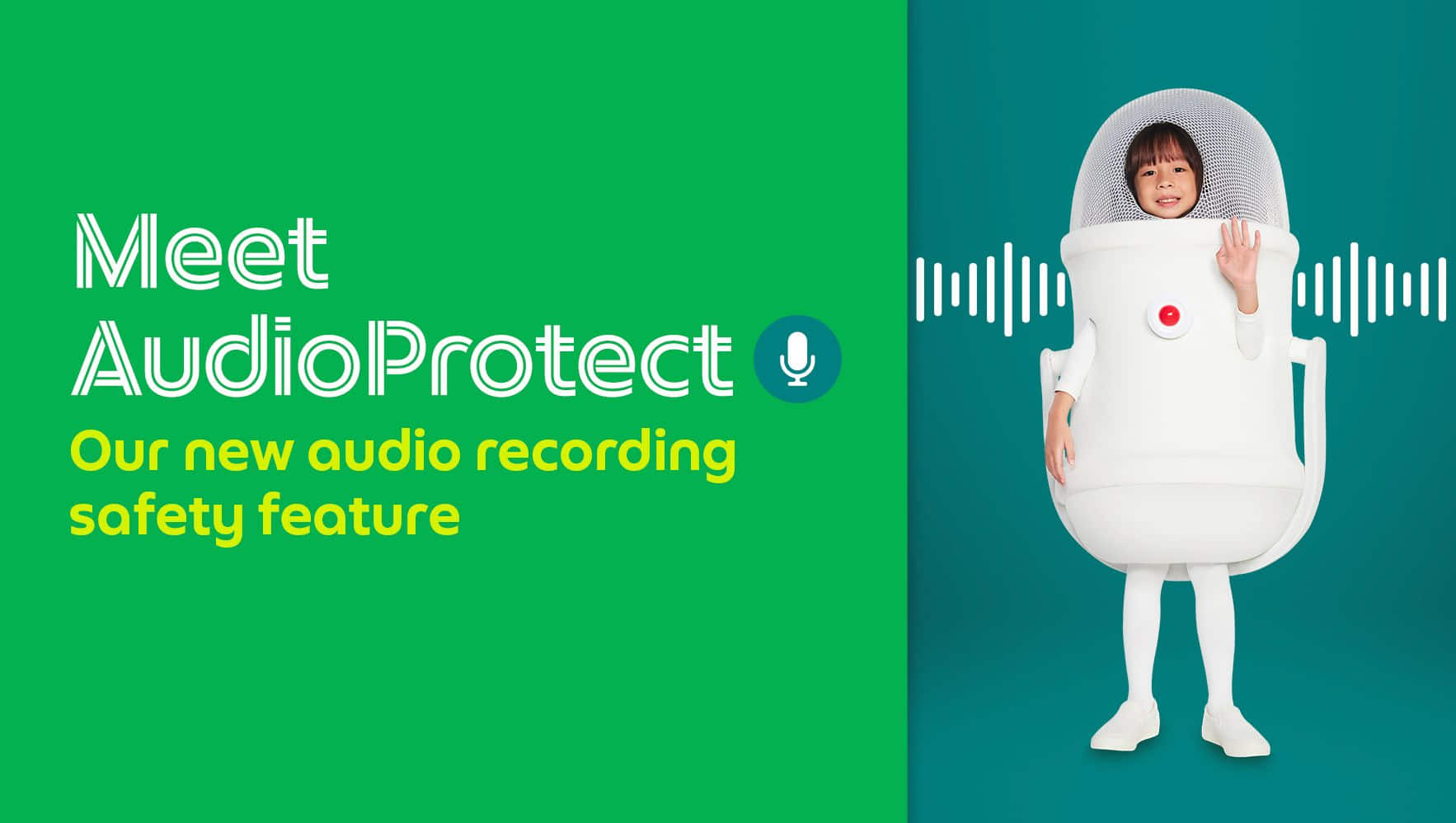In the wake of recent deepfake technology concerns, heightened awareness, and media literacy have become essential tools in navigating the digital landscape. The call for vigilance comes in response to a disturbing incident involving a deepfake audio purportedly mimicking the voice of President Ferdinand Marcos Jr., ordering military action against China.
With the proliferation of misinformation and its potential to destabilize societies, here are some key indicators to help you identify deepfake or manipulated media:
- Pay attention to inconsistencies: Deepfake videos or audios may contain inconsistencies in facial expressions, lip movements, or voice tone that do not align with the context of the content. Look for unnatural movements or anomalies that seem out of place.
- Check for unusual artifacts: Deepfake videos often exhibit artifacts or distortions around the manipulated areas, such as blurred edges or pixelation. Scrutinize the video or audio for any signs of digital manipulation, especially in areas where the content appears altered.
- Verify the source: Always verify the source of the video or audio before accepting it as genuine—cross-reference information with reliable sources or official channels to confirm its authenticity. Be cautious of content shared on social media platforms or anonymous websites, as they may be more susceptible to manipulation.
- Assess the context: Consider the context in which the video or audio is presented. Is it consistent with known events or circumstances? Deepfake content may attempt to distort reality or misrepresent facts to serve a specific agenda. Question the motives behind disseminating the content and be skeptical of sensational claims.
- Use technology tools: Utilize tools and software to detect deepfake content. Various platforms offer solutions for analyzing videos and audio to identify signs of manipulation. Stay informed about advancements in digital forensics and leverage available resources to verify media authenticity.
- Scrutinize facial features: Deepfake videos often struggle to replicate facial features accurately, resulting in subtle discrepancies that may be detectable upon closer examination. Look for inconsistencies in facial symmetry, eye movements, or skin texture that may indicate tampering.
- Listen for irregularities: When analyzing audio content, listen carefully for irregularities in voice tone, pitch, or cadence. Deepfake audio may exhibit unnatural fluctuations or anomalies that deviate from the individual’s typical speech patterns.
- Educate yourself: Stay informed about the evolving landscape of digital manipulation techniques and familiarize yourself with typical characteristics of deepfake content. By educating yourself and others about the risks associated with misinformation, you can help combat the spread of deceptive media.
In conclusion, vigilance and critical thinking are essential in identifying deepfake or manipulated videos and audio. By employing these strategies and remaining vigilant against the proliferation of misinformation, we can mitigate the impact of digital manipulation and preserve the integrity of information in the digital age.






